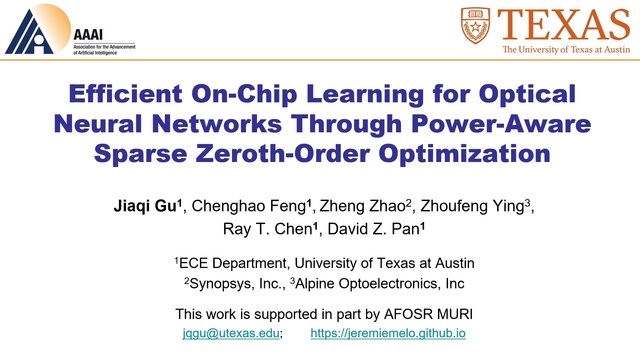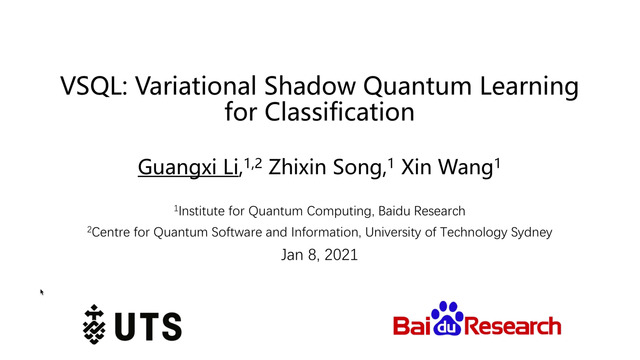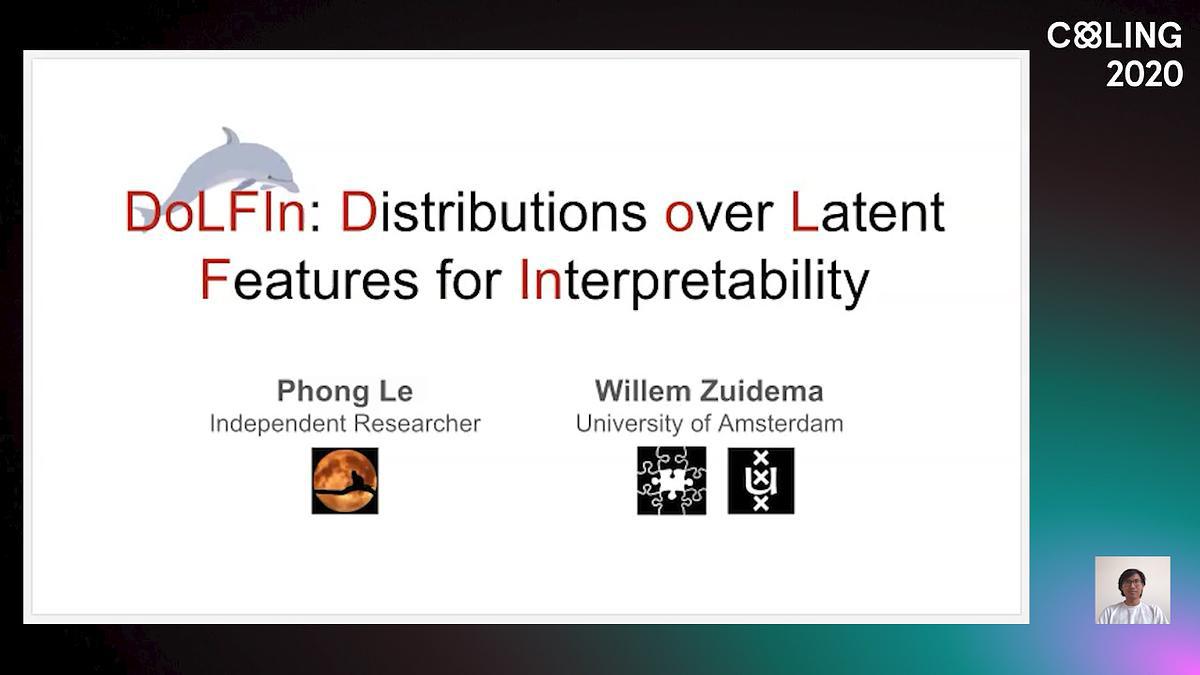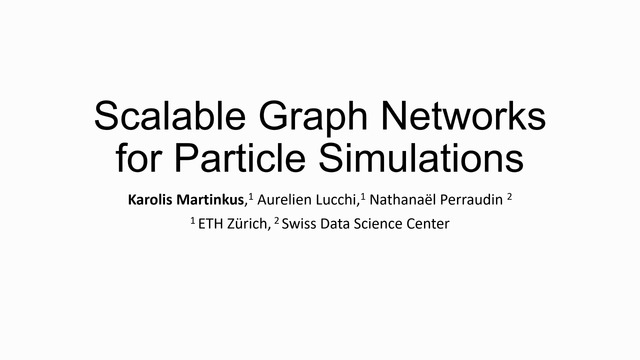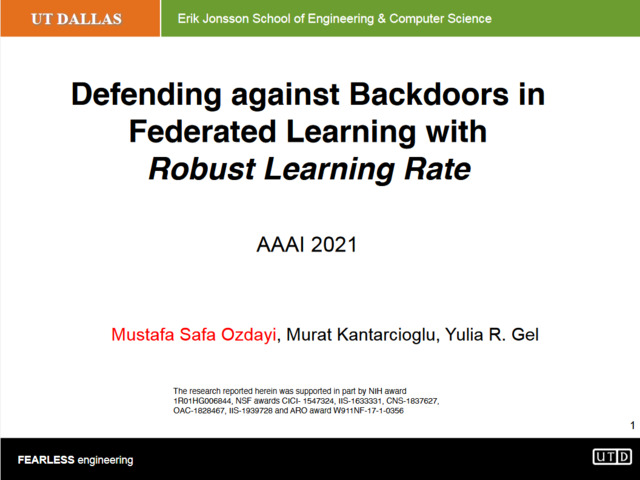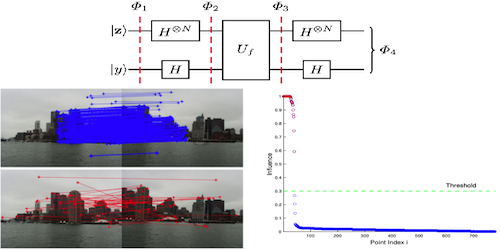Abstract:
Quantum Computing based Machine Learning mainly focuses on quantum computing hardware that is experimentally challenging to realize due to requiring quantum gates that operate at very low temperature. We demonstrate the existence of a "quantum computing toy model" that illustrates key aspects of quantum information processing while being experimentally accessible with room temperature optics. Pondering the question of the theoretical classification accuracy performance limit for MNIST (respectively "Fashion-MNIST") classifiers, subject to the constraint that a decision has to be made after detection of the very first photon that passed through an image-filter, we show that a machine learning system that is permitted to use quantum interference on the photon's state can substantially outperform any machine learning system that can not. Specifically, we prove that a "classical" MNIST (respectively "Fashion-MNIST") classifier cannot achieve an accuracy of better than $21.28\%$ (respectively $18.28\%$ for "Fashion-MNIST") if it must make a decision after seeing a single photon falling on one of the $28\times 28$ image pixels of a detector array. We further demonstrate that a classifier that is permitted to employ quantum interference by optically transforming the photon state prior to detection can achieve a classification accuracy of at least $41.27\%$ for MNIST (respectively $36.14\%$ for "Fashion-MNIST"). We show in detail how to train the corresponding quantum state transformation with TensorFlow and also explain how this example can serve as a teaching tool for the measurement process in quantum mechanics.








